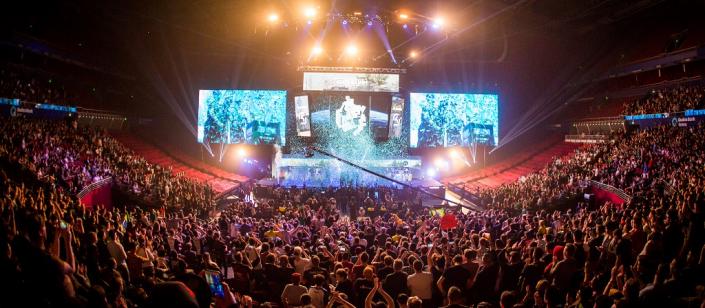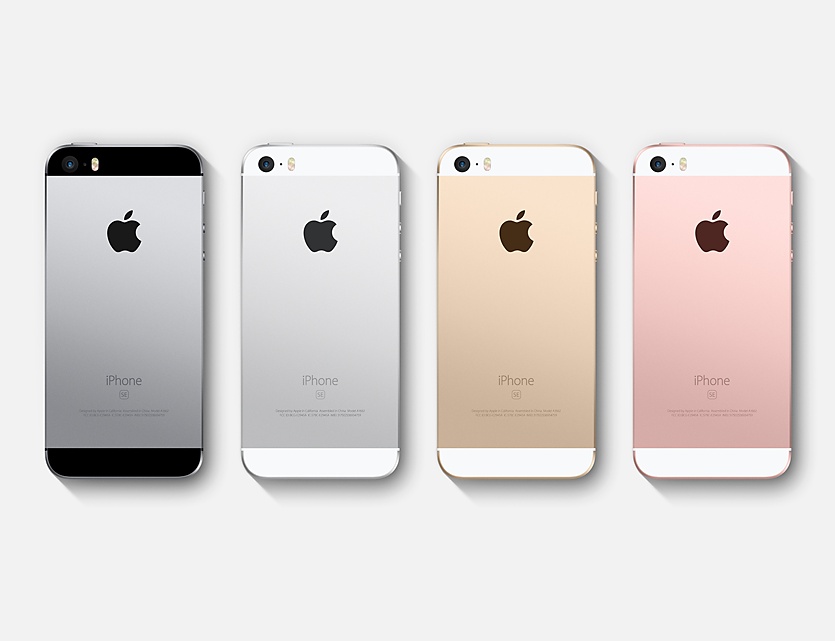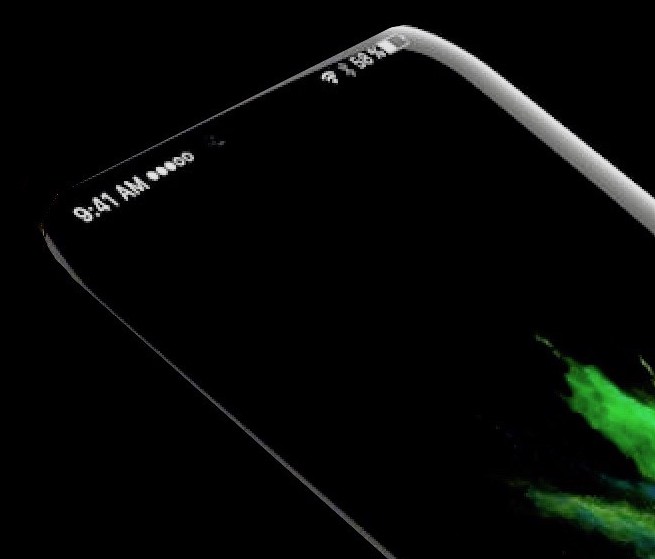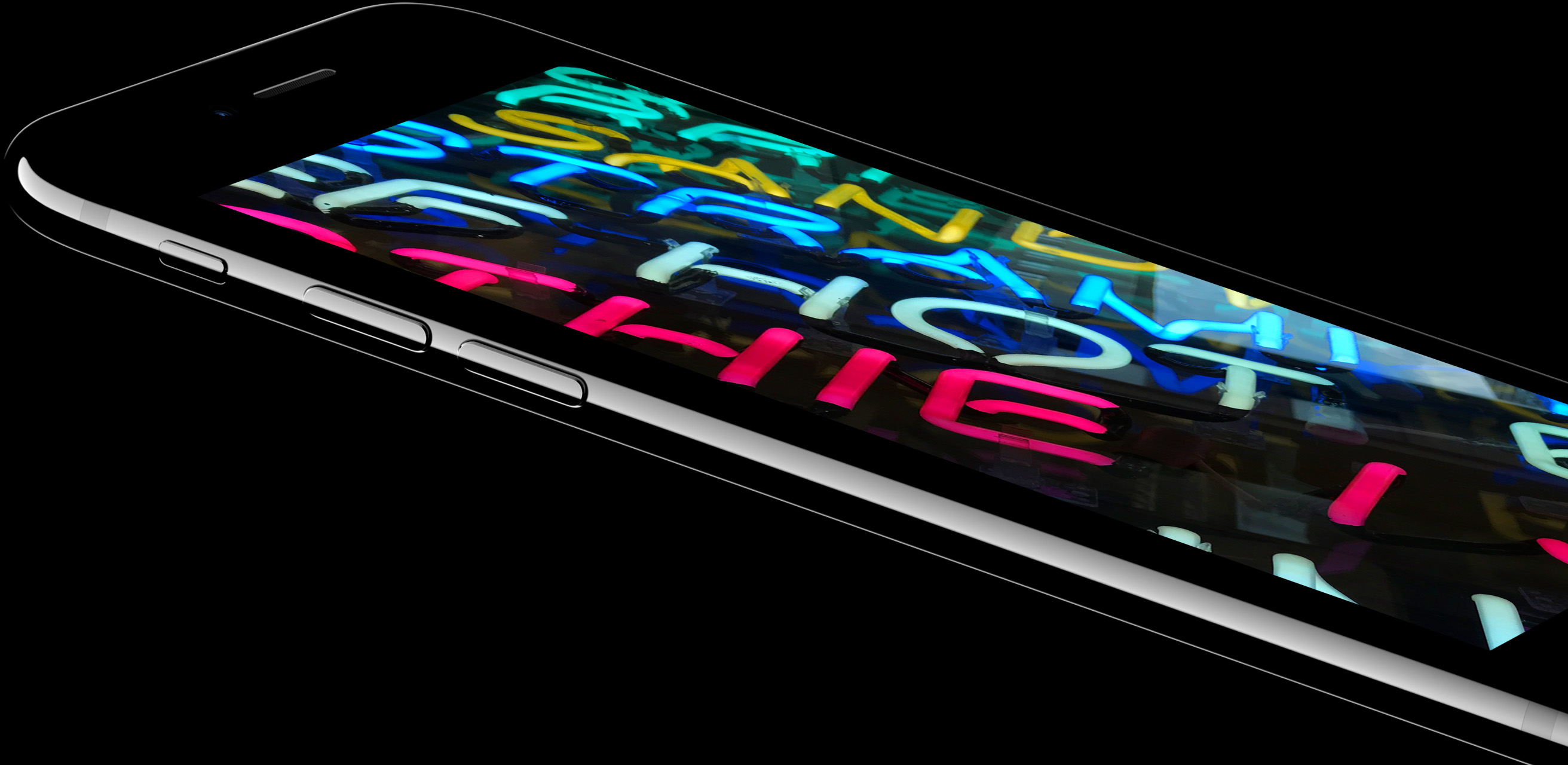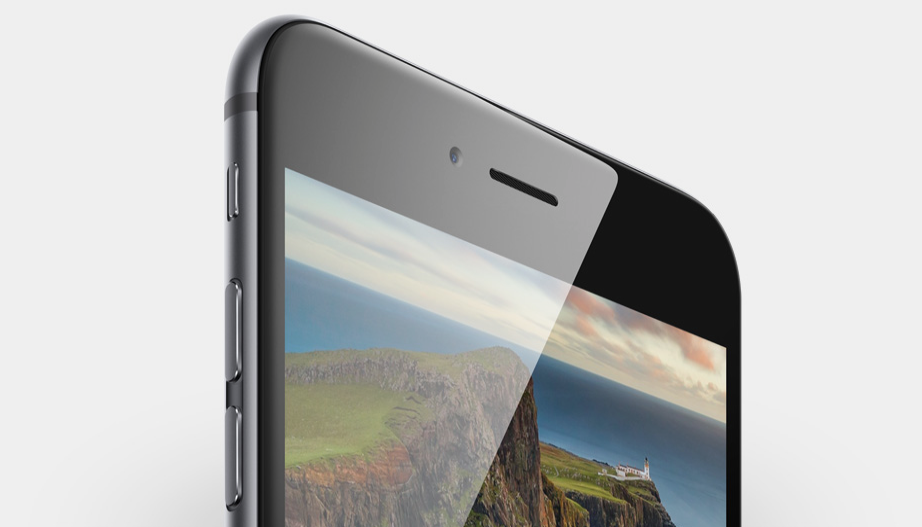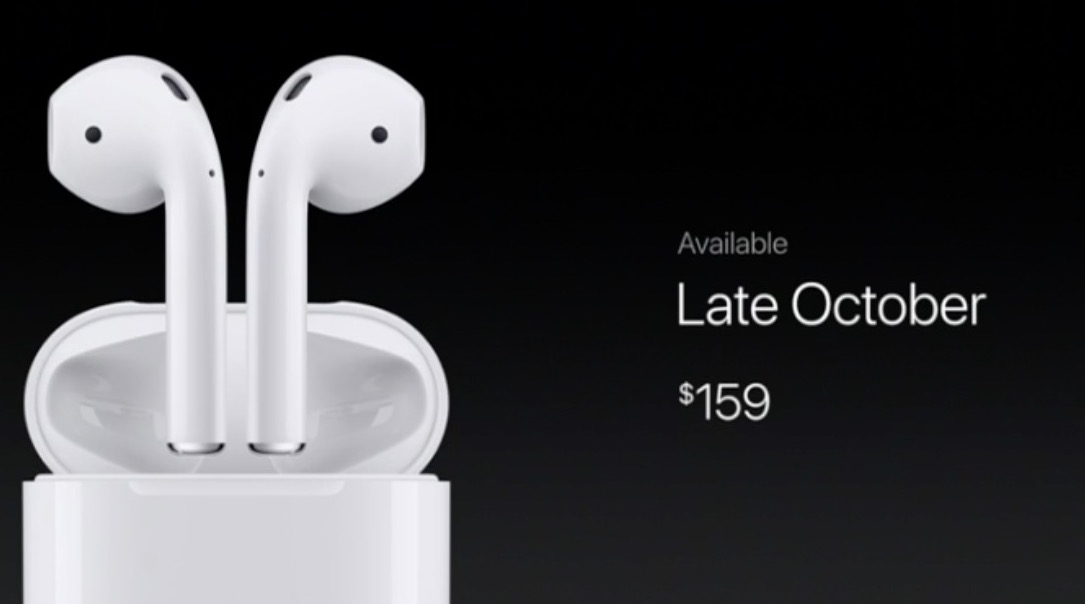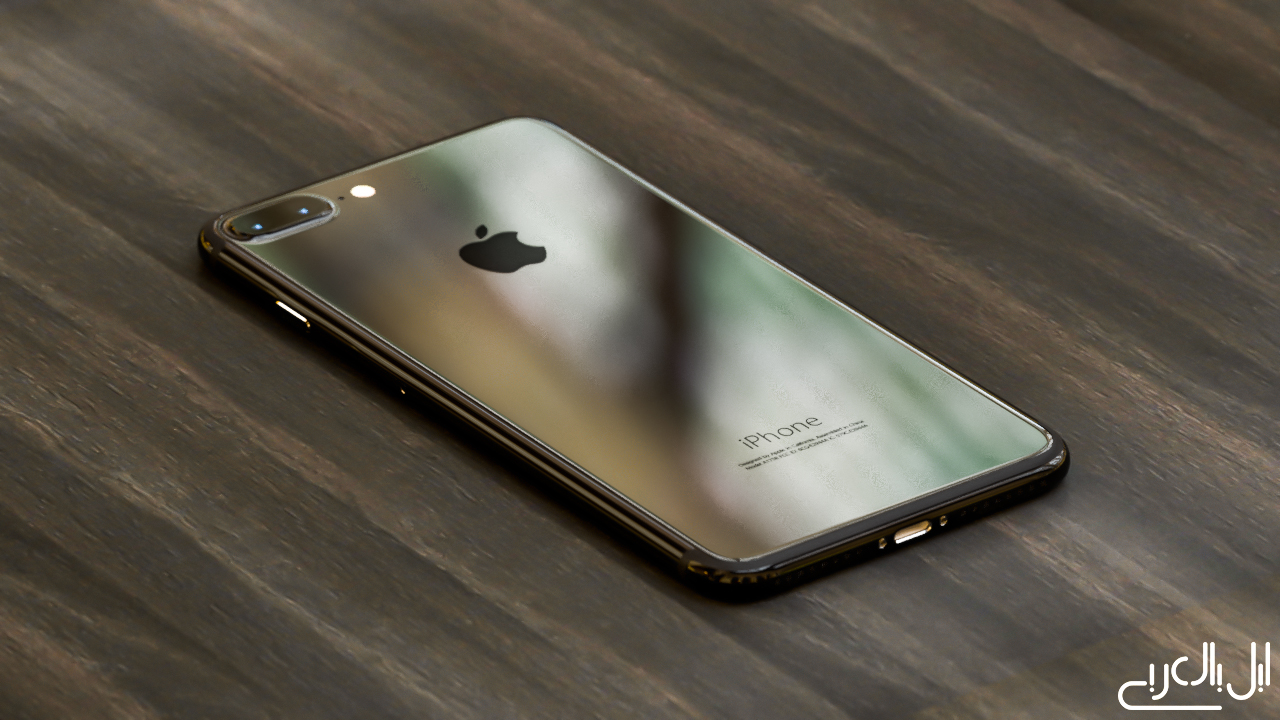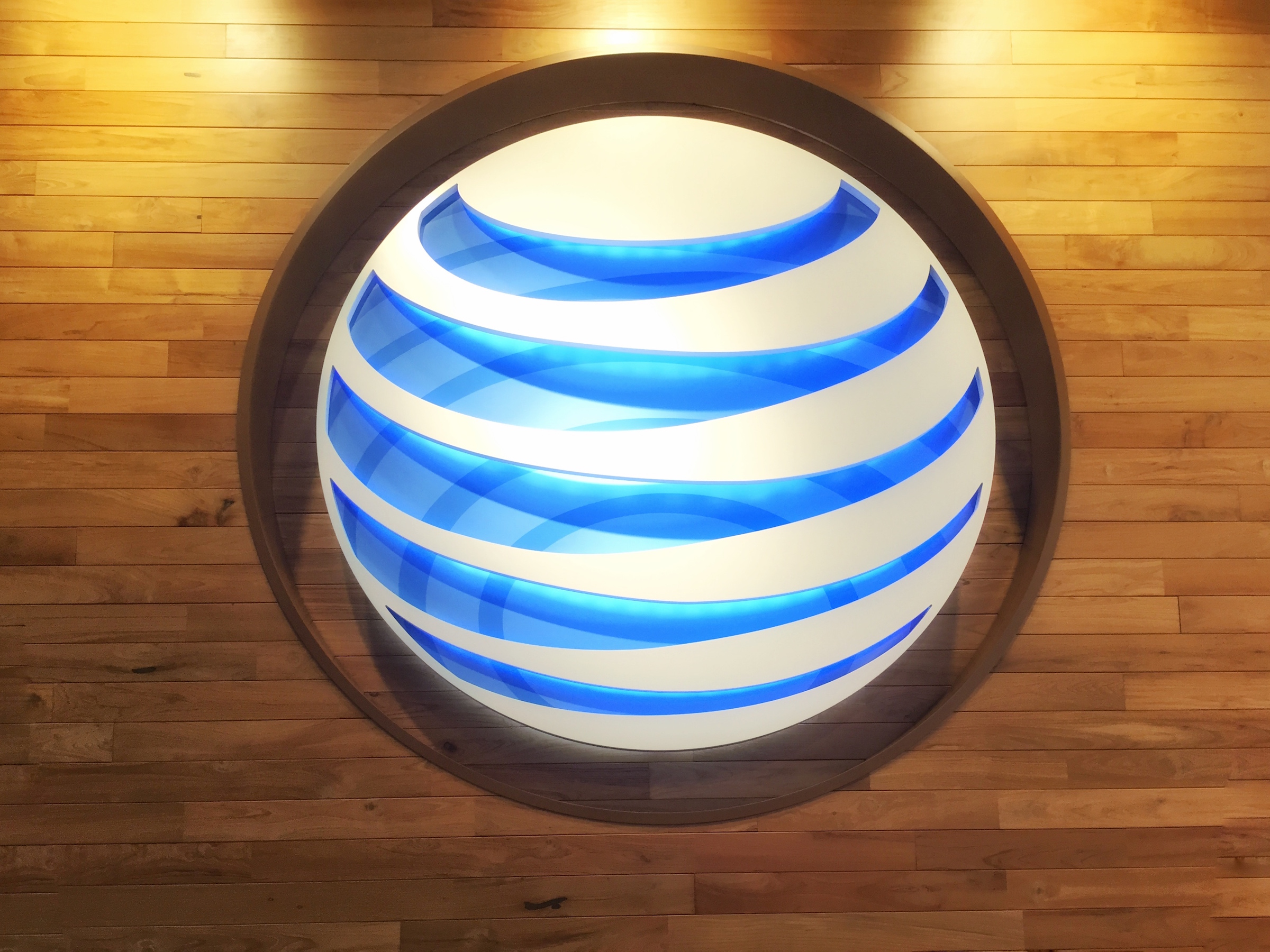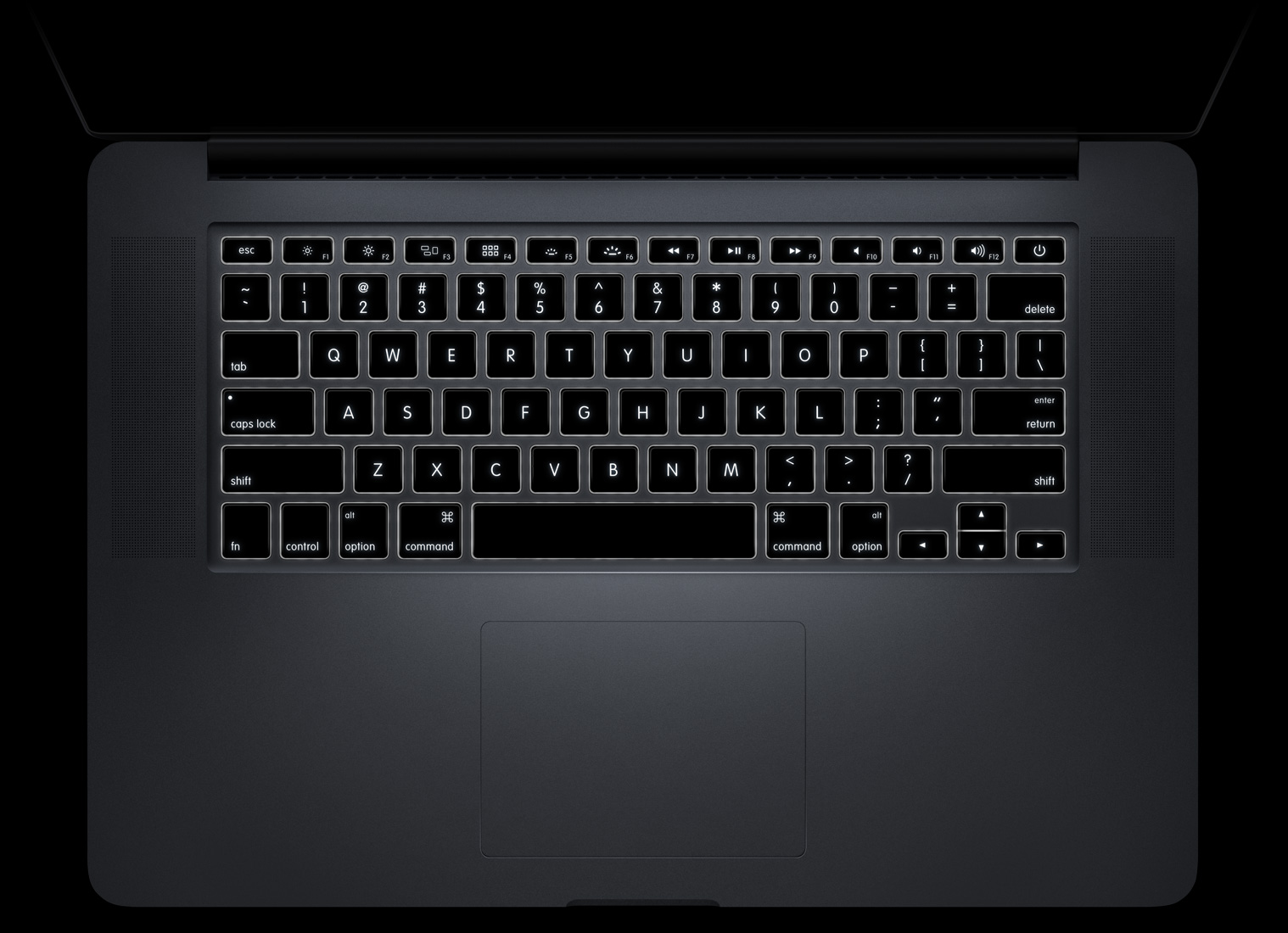Facebook has signed major deals with Electronic Sports League (ESL) and Major League Baseball (MLB), bringing fans of eSports and baseball both live and on-demand content in its ongoing streaming video push.
The Wall Street Journal reported Friday that the social network is paying professional video game teams and others in the eSports industry to broadcast on its service.
Earlier this year, Facebook signed contracts with five teams to publish live and on-demand video of players practicing or competing in such games as StarCraft II, Counter-Strike, League of Legends and Overwatch.
ESL said in a blog post announcing the deal that its official Facebook page will soon stream all IEM and ESL One events in up to six different languages along with select national championship and online leagues. Viewers will be able to post comments, highlight up and coming players and more via an exclusive new weekly show on Facebook.
In addition to the 30 hours of weekly Rank S streaming, there'll be a weekly 30-minute hosted by Mark “Boq” Wilson, focused on Rank S and the current happenings in ESEA and CS:GO.
These broadcasts will start next month with Rank S matches.
Down the line, they'll host video interviews with the famous players, competition commentary and more. ESL broadcasts competitions on Twitch and YouTube, too.
You can find the ESEA announcement on their website.
As mentioned earlier, Facebook also cut a major deal with MLB that will result in 20 live-streamed Friday night MLB games via MLB's Facebook page during the 2017 season. US-based Facebook users will be able to stream the games for free. The first game is scheduled to broadcast tonight, Friday, May 19, with the Colorado Rockies and Cincinnati Reds facing off.
